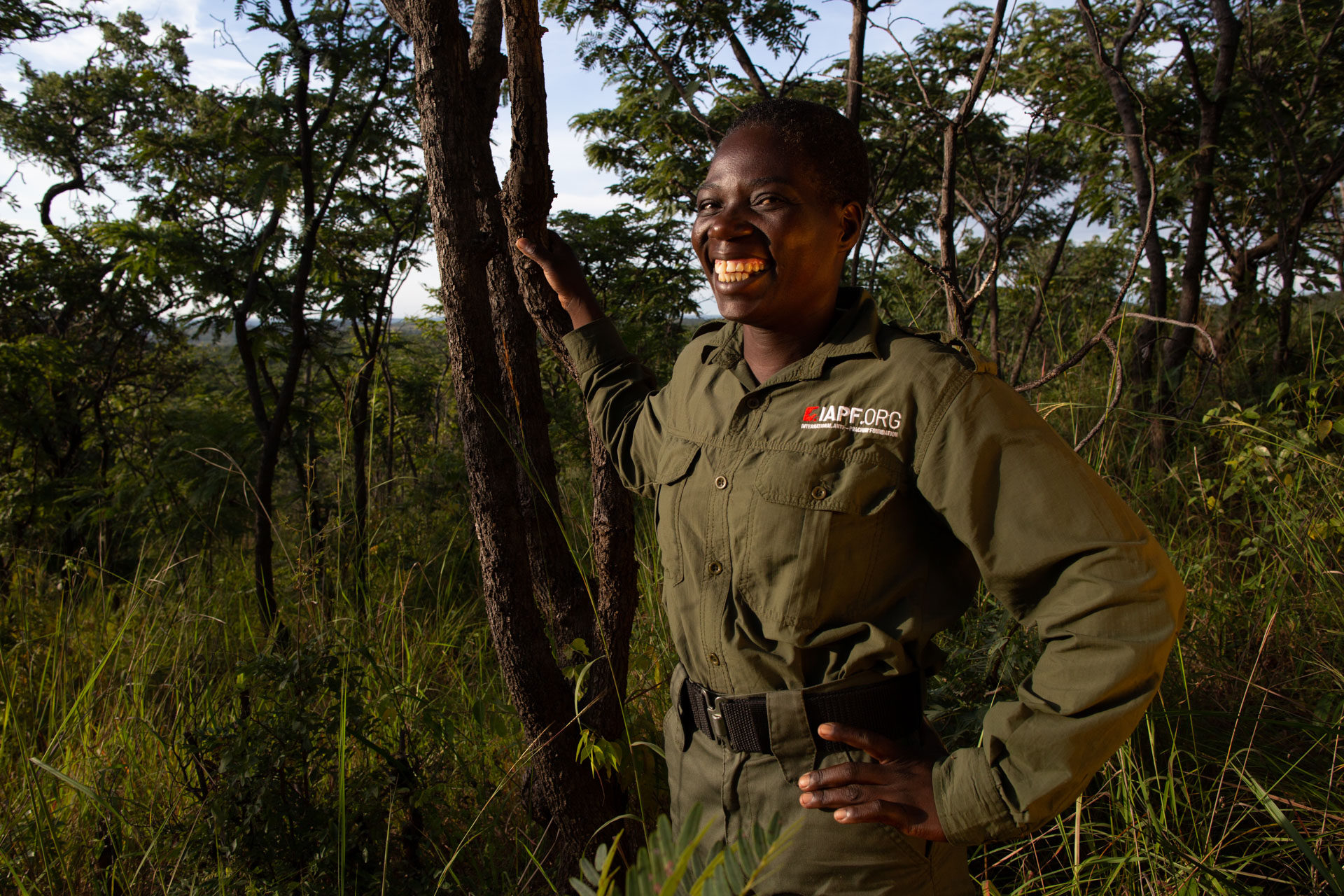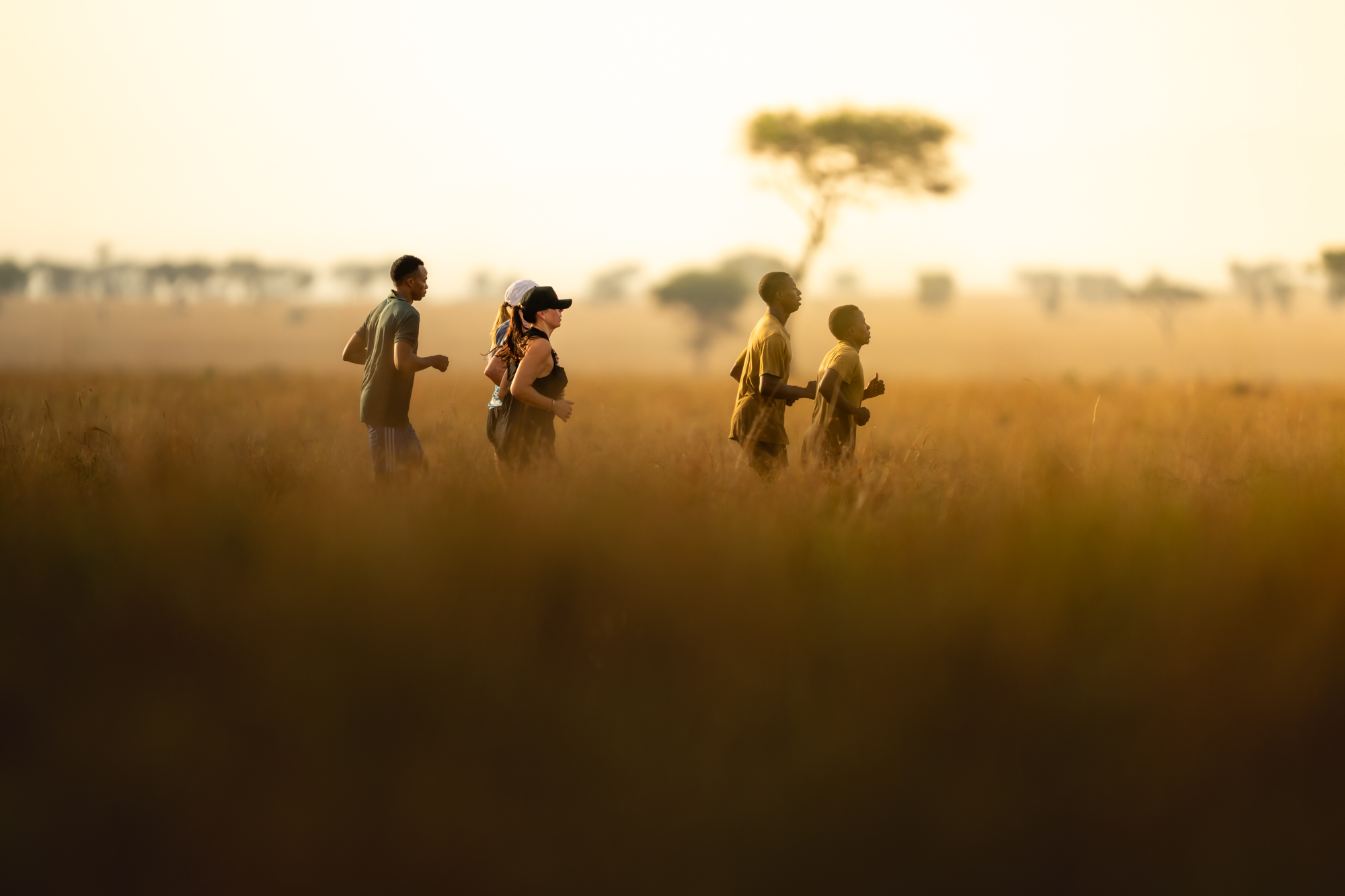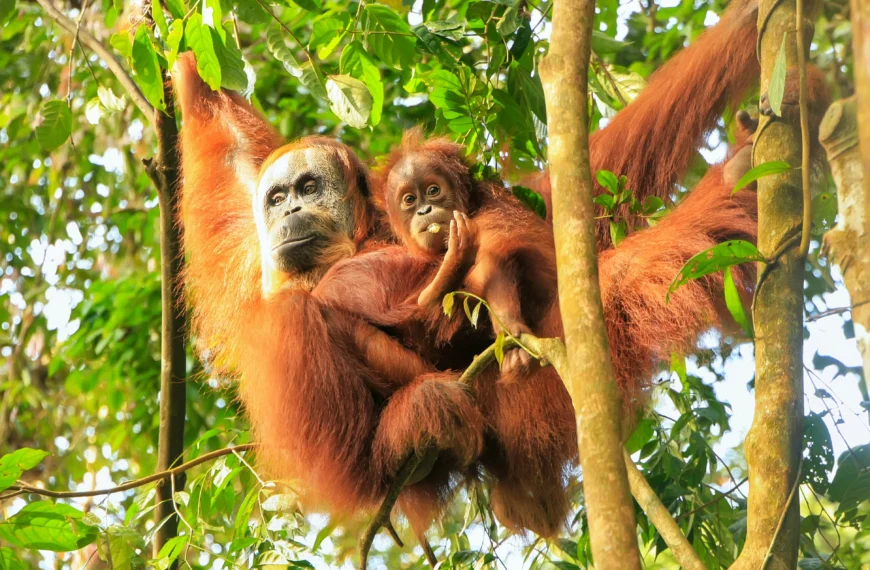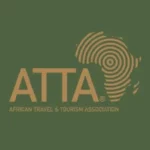Foundation Conservation Carpathia: Guardians of the Romanian Wilderness
Home to bears, wolves and lynx to name but a few flagship species of wildlife and not to mention the 3,700 types of plant, Romania’s landscapes host an impressive array of species.
Based in the Făgăraș Mountains (Europe’s second largest mountain range), FCC take a multidisciplinary approach to conserving and restoring Romanian biodiversity – some of the richest in the world.
Led by the inimitable duo of Christoph and Barbara Promberger, Foundation Conservation Carpathia champion a bold vision to create the ‘Yellowstone of Europe’.

Areas of work
Conservation
Following privatisation of many areas of land, illegal logging and deforestation activities have seen many of the endemic species and forested landscapes become threatened.
To protect these last remaining wild areas of unfragmented, untouched forest and the species that call them home, FCC are working to create Europe’s largest National Park.
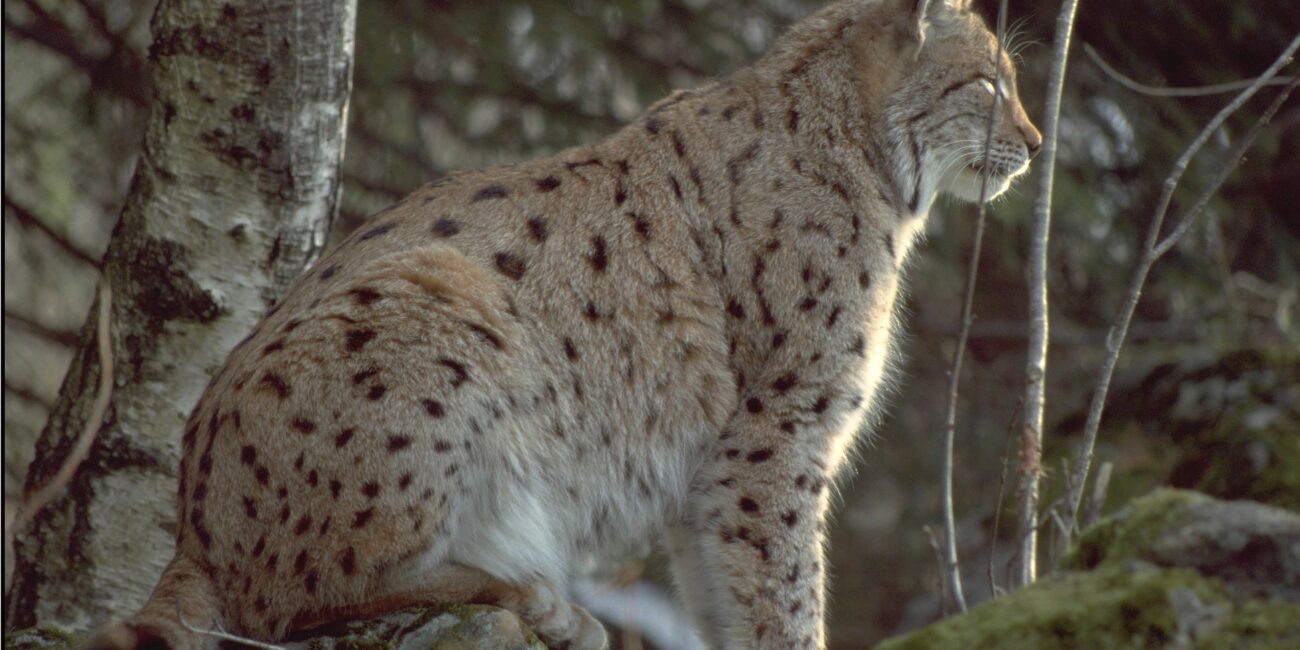
Restoration
As well as conserving the forests and wildlife endemic to the Făgăraș Mountains, FFC have broadened their focus to restoring degraded landscapes. The organisation has bought over 830 hectares of clear-cut forest, has planted over 2.9 million saplings, and created 9 tree nurseries to secure the future of Romania’s wilderness.
Their restoration work involves removal of invasive species to improve the health of endemic ecosystems, and re-introducing species lost to these landscapes as a result of illegal logging activity.

Wildlife
Protecting the wildlife of the Făgăraș Mountains has been the mission of FCC since its inception. Many species have become threatened due to overhunting and illegal poaching activity in the region, and FCC’s focus has been to implement intensive anti-poaching methods to reverse the damage done to populations.
FCC also work closely with livestock farmers to avoid and alleviate the pressures of human-wildlife conflict presented by large carnivores such as bears and wolves. By providing vital equipment such as electric fencing to deter large carnivores, FCC’s work helps to improve attitudes of livestock owners towards wildlife, enabling them to live alongside one another.
Underpinning all of this is the vital ongoing monitoring activity which FCC’s team are dedicated to. This supports improvement of population numbers and retains genetic diversity, enabling wildlife populations to thrive.
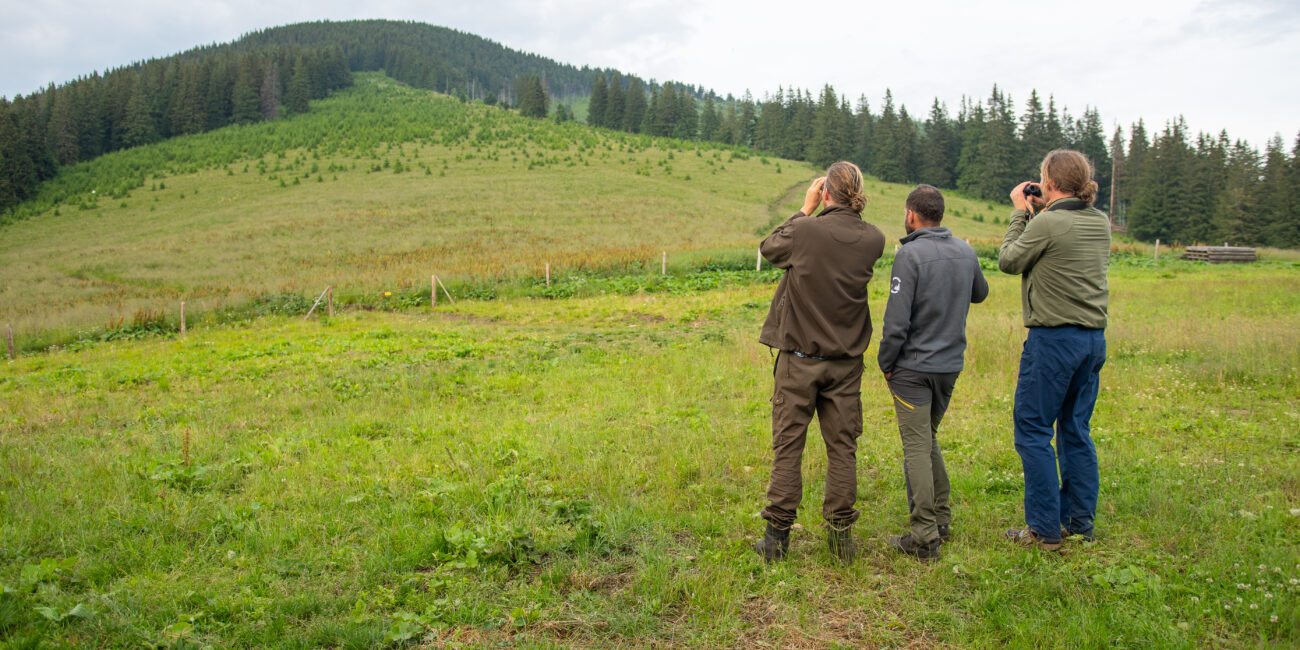
Community Outreach
None of the work that FCC do would be possible without the support of the communities that live within the Făgăraș Mountains and other project areas that they operate in. As such, listening to and understanding the concerns and opinions of communities is a key part of their work. Collaboration with farmers and landowners in the form of a stakeholder platform means that everyone’s voices are heard, enabling both the economic and environmental goals of the community are aligned.
Conservation Enterprise
Part of engaging the community is about providing sustainable livelihoods that support economic growth whilst also supporting the conservation and restoration efforts of FCC.
Ecotourism is one such income stream which attracts visitors to place like the Cobor Biodiversity Farm, teaching them about the incredible biodiversity that Făgăraș has to offer and generating financial support for local communities.
DIG A LITTLE DEEPER
Science of Rewilding: Iberá National Park – New Scientist
Wet & (Re)Wild in Argentina – World of Topia
Video: TED2020 Talk with Kristine Tompkins – Ted.com.
